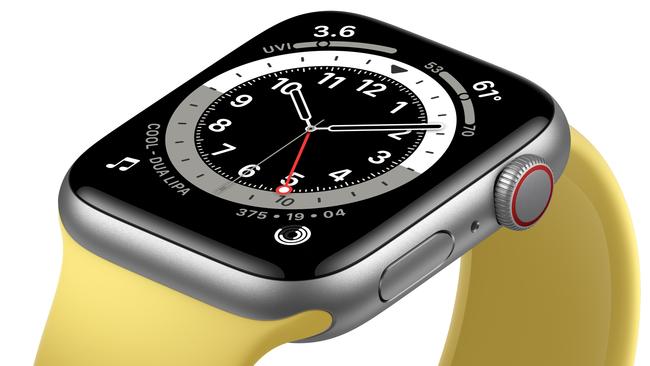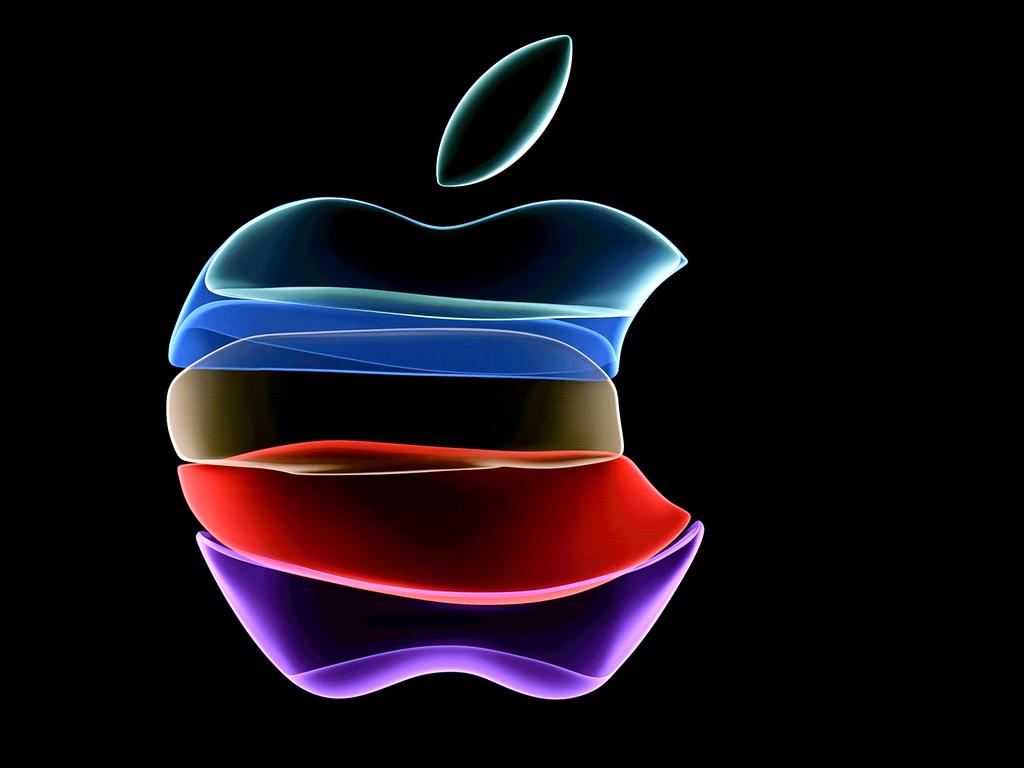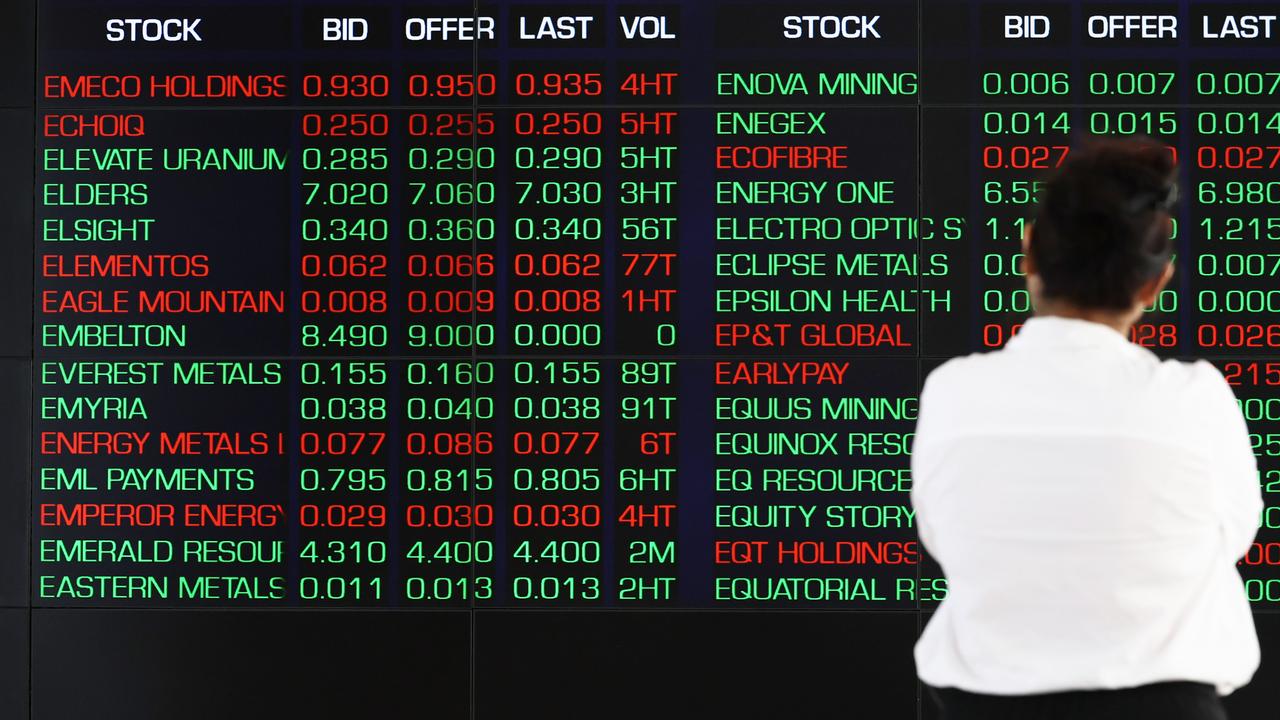Apple Watch Series 6 gets your blood pumping
Apple has added blood oxygen monitoring to its smart watch. How seriously do you take its measurements?
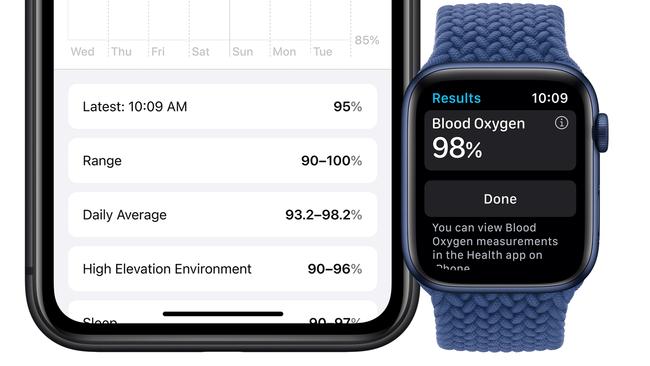
Apple has added blood oxygen monitoring to its new series 6 smart watch. The saturation level is generally 95 to 100 per cent in healthy people. However you might suffer from a respiratory or lung condition, or a heart condition, or even COVID-19 if your oxygen level drop significantly.
That’s potentially an extremely serious situation, but should I take the readings seriously? The feature isn’t medically approved, rather it’s a fitness/health measurement typical of many metrics generated by smart watches.
The science behind Apple’s method of measuring blood oxygen level isn’t hard to understand. Arterial blood that’s full of oxygen is bright red, venous blood is dark. Sensors on the back of the watch shine read and infra-red light onto your wrist. It’s then a matter of measuring the blood colour and calibrating it to calculate the percentage of oxygenated haemoglobin.
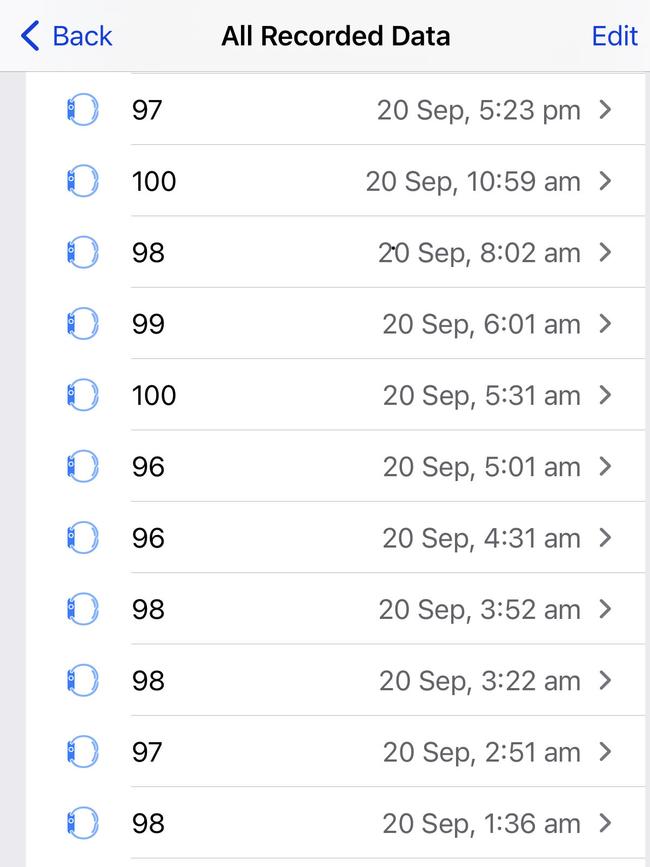
That, no doubt, is a complex task, similar to what a pulse oximeter achieves.
When I received the series 6 watch, I wanted to see my oxygen levels during sleep. Apple Watch has integrated sleep monitoring, and you can opt to have your oxygen level checked during the night.
My levels were between 96 and 100 per cent which is okay. I breathed a sigh of relief. However the measurements are typically 30-minutes apart. Therein lies a difference with a medical device that monitors you constantly; 30 minute readings while offering a great guide, might miss instances where your blood oxygen drops substantially.
This implementation of blood oxygen monitoring is no substitute for having a professionally monitored overnight sleep study if you worry about sleep apnoea. However, if you get low oxygen readings from the watch, you might want to mention it to your doctor.
Apple had sought to provide some medical level capabilities with its watches. Its electrocardiograph app available with the Apple Watch Series 4 was medically certified in the US, and Apple said it would work to bring the feature to countries such as Australia. That means gaining approval by the Therapeutic Goods Administration (TGA).
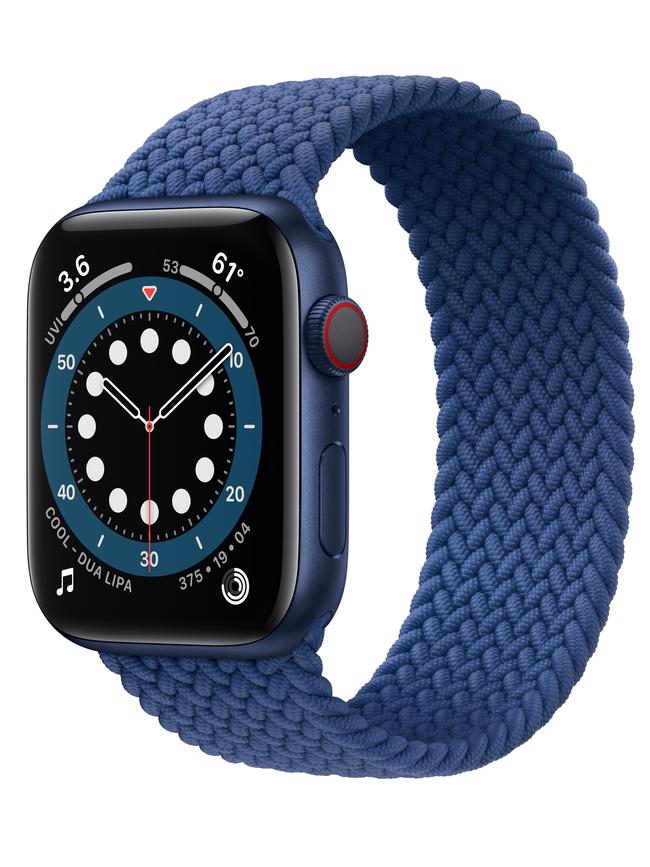
Two years on, and Apple has confirmed there is no TGA approval, as has the TGA. “ As at 21 September 2020, there are no devices included on the ARTG (Australian Register of Therapeutic Goods) relating to a watch or function manufactured by Apple,” the TGA told The Australian.
When asked whether Apple had applied for inclusion on the register, the TGA said: “The existence or non-existence of an application received by the TGA is generally considered to be commercially confidential information.” That’s different to the response the TGA gave Gizmodo a year ago. The TGA then said: “TGA has not received any applications for products manufactured and/or supplied by Apple.
It’s certainly a lot of work involved in gaining medical approvals country by country and some manufacturers might find this too daunting in the end. But it’s hard to get excited about medical measurements that are not medical measurements.
Nevertheless there is much to like about Apple Watch Series 6. Its battery life so far has been excellent. I’ve been charging it around 9pm at night, achieving full charge by about 10.30pm before bed. In the morning, about 7am, it has used about 10pc of battery; there’s plenty of juice for the rest of the day.
Longer battery life makes the watch more viable for sleep monitoring. The information the watch collects is best managed through the iPhone Health app where you view periods of sleep and disturbance, set sleep schedules, and if the watch measures it, variations in heart rate.
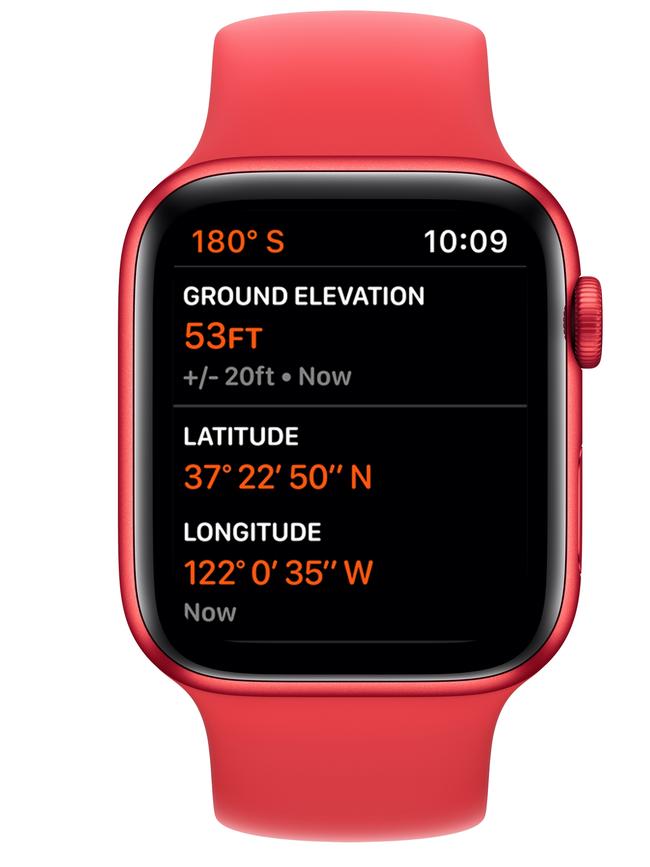
You can set daily sleep schedules, a sleep goal in hours and a wind down period where your watch won’t bother you as you prepare for bed. You get basic rather than in-depth analysis of sleep time. It seems Apple’s main goal is to get you into good sleep-preparation habits.
The minimum and maximum oxygen levels for sleep is found not in the sleep but in the respiratory section of the Health app.
The Series 6 watch has an always-on altimeter which may be useful for hikers. Last year’s series 5 watch added a compass. The watch has a new U1 chip which, when implemented, will enable Apple Watch to locate nearby devices with increased precision. The rumour is that Apple Watch will locate missing objects with in-built Apple tracking.
There’s the earlier added features of fall detection, period tracking for women, hearing health monitoring, and with COVID-19, hand washing timing. The hand washing app tends to kick in several seconds after you start washing, which means you’ll probably be washing for more than 20 seconds. You can key in medical emergency information such as allergies that paramedics can access in an emergency.
Apple is yet to offer blood pressure monitoring (offered by Samsung) and blood glucose monitoring, although this can be achieved indirectly by attaching a body sensor such as the Dexcom G6 glucose monitor which connects to Apple Watch. It was approved by the TGA in June.
Monitoring people’s health is now a big part of smartwatch functionality. The coming Fitbit Sense will offer electrodermal activity (EDA) to monitor stress levels. It has extensive heart rate monitoring, menstrual health tracking (as does Apple Watch), and sleep monitoring. One of its big lures is a claimed six days battery life.
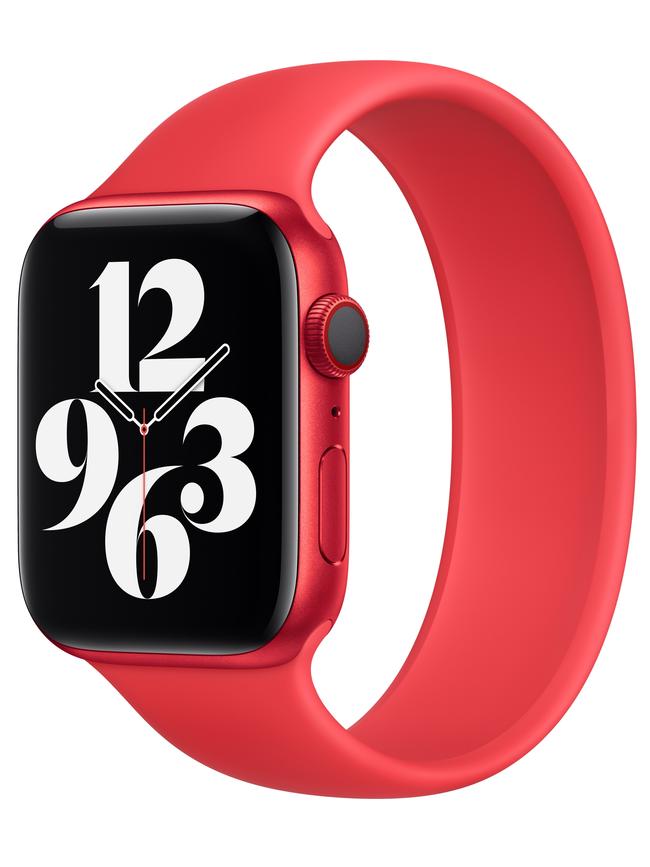
Withings ScanWatch, due in Australia either at year‘s end or early 2021, is another. It offers heart rate tracking, respiratory monitoring, blood oxygen monitoring, activity and workout tracking and sleep tracking, and manages up to 30 days battery life. Appearance wise, it looks like a regular analog watch. Withings told The Australian it is seeking TGA approval for its ECG sensor, which is the reason for a delayed release here.
Apple positions its watch as an able all-rounder, also handling calls even without your iPhone nearby. You can send text messages with voice dictation, access loyalty cards and make retail payments, get directions, control smart lights at home, read news, listen to music and run dozens of watch apps for extended functionality.
I use Apple Watch as the second leg in two factor authentication when logging into some websites. I press the screen and am good to go.
Apple Watch Series 6 starts at $599 in Australia.
Apple Watch SE
Apple also announced a less expensive Apple Watch SE starting at $429 which looks the same as the Series 6 and has the same display. It lacks features such as the always-on display, blood oxygen monitoring, the U1 chip, and uses an older processor, the S5. There are no steel and titanium variants, just aluminium, and fewer colour options.
Both the series 6 and SE watches are available in 40mm and 44mm sizes and you pay extra for cellular connectivity.
You can go cheaper again. Apple still sells its 2017 Series 3 watch and it will start at $299. Compared to the SE, it has an older chip, is slower, doesn’t offer fall detection, and has less battery life. There’s no compass and it has slightly smaller watch face size. It might be a good first watch for children.
More Coverage
